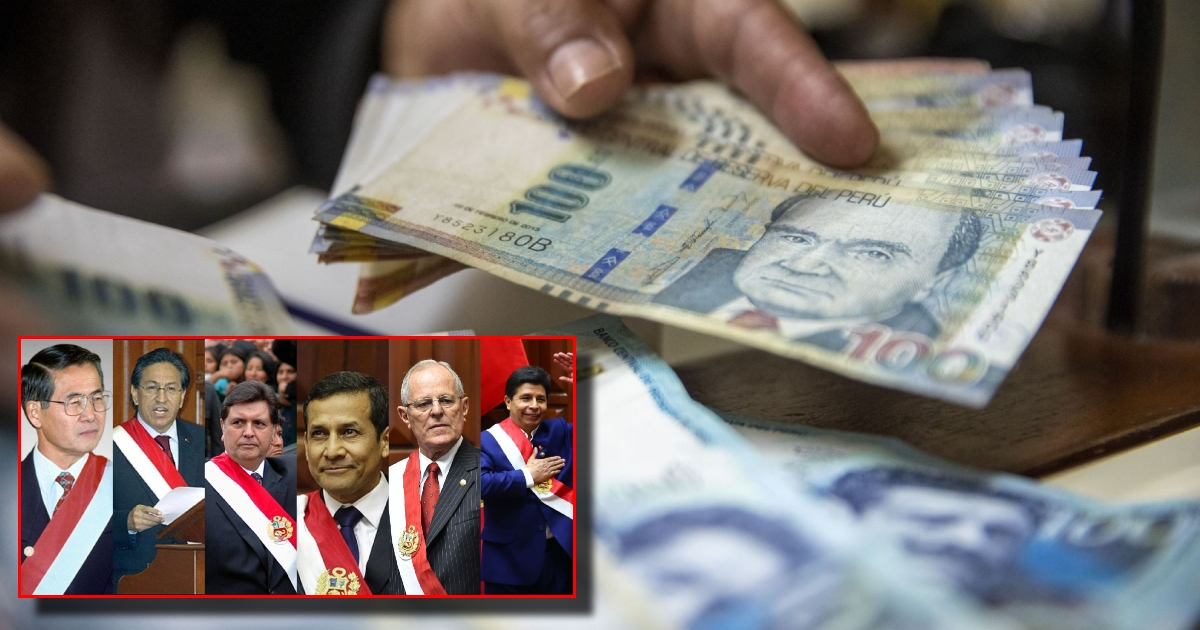
The possibility of raising the minimum wage in Peru has been put on the table for debate again after the head of the Ministry of Labor and Employment Promotion (MTPE), Fernando Varela, indicated that they are preparing the technical aspect of the minimum living wage (RMV) to discuss it in National Labor Council and reach a consensus between employers, unions and State.
Let us remember that, a few weeks ago, different labor unions, such as the General Confederation of Workers of Peru (CGTP) and the Unitary Confederation of Workers of Peru (CUT), announced that they will propose to the Government of Dina Boluarte to increase the RMV to face the price rise in the basic family basket.
In this context, the president of the Central Reserve Bank of Peru (BCRP), Julio Velarde, said this past Friday, June 2, that Peru’s current minimum wage, set at S/1,025 “is very high” compared to that of other countries.
“Compared to the average, I would say that our minimum salary is very high (…). England He has just had minimum wage. Salaries rose because there is demand for labor and investment. Salaries do not rise by decree; otherwise it would be easier to be rich”said the banker during the event Together for the Reactivation of Cusco and the Promotion of Investments, organized by inPeru.
What does the MEF think about raising the minimum wage?
On a previous occasion, the head of the Ministry of Economy and Finance (MEF), Alex Contreras, indicated that he prefers to give the Ministry of Labor authority over this issue, although he considered that any agreement must be reached after a consensus between workers and companies.
“The minimum wage proposal has to reflect two things: the evolution of inflation and productivity. It is within this framework that consensus occurs. There is no arbitrary definition and specific provision of how much the minimum salary. This has to be established by consensus so that it does not affect the creation of jobs, but neither does it affect the purchasing power of wages, which has been affected by the increase in the inflation in recent years”, he referred to at the beginning of May.
Amid the different postures, we show you how much the minimum living wage in the last 20 years. From 2000 to date, the minimum salary it went from S/410 to S/1,025, that is, S/615 more (+150%)
Evolution of the minimum wage in Peru in the last 20 years
| Year | increase date | monthly RMV | Variation (%) | Government |
| 2000 | March 10th | S/410 | 18.8 | Alberto Fujimori |
| 2003 | September 15th | S/460 | 12.2 | Alexander Toledo |
| 2006 | January 1 | S/500 | 8.7 | Alexander Toledo |
| 2007 | October 1st | S/530 | 6 | alan garcia |
| 2008 | January | S/550 | 3.7 | alan garcia |
| 2010 | December 1st | S/580 | 5.4 | alan garcia |
| 2011 | February 1 | S/600 | 3.4 | alan garcia |
| 2011 | August 14 | $675 | 12.5 | ollanta humala |
| 2012 | June 1 | S/750 | 11.1 | ollanta humala |
| 2016 | may 1 | S/850 | 13.3 | ollanta humala |
| 2018 | April 1st | S/930 | 9.4 | Pedro Pablo Kuckzynski |
| 2022 | may 1 | S/1,025 | 10.2 | Pedro Castillo |
Which government increased the minimum wage in Peru the most?
As can be seen in the evolution chart summarized by La República, during the government of Ollanta Humala, the minimum vital wage increased more in the last two decades. In the five years that his presidential term lasted, the RMV went from S/600 to S/850 (+41.67%).
Source: Larepublica
Alia is a professional author and journalist, working at 247 news agency. She writes on various topics from economy news to general interest pieces, providing readers with relevant and informative content. With years of experience, she brings a unique perspective and in-depth analysis to her work.











